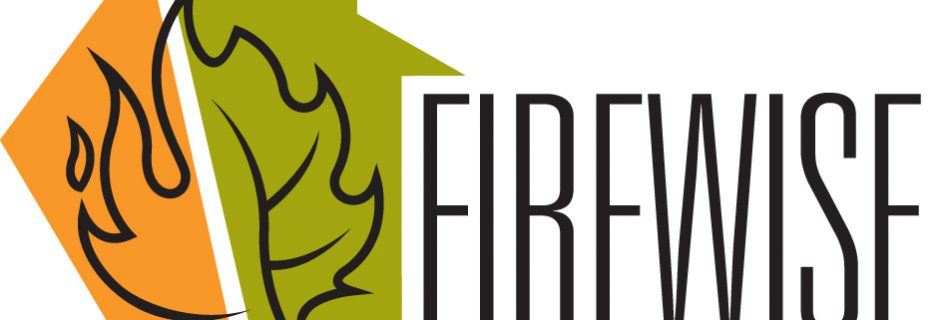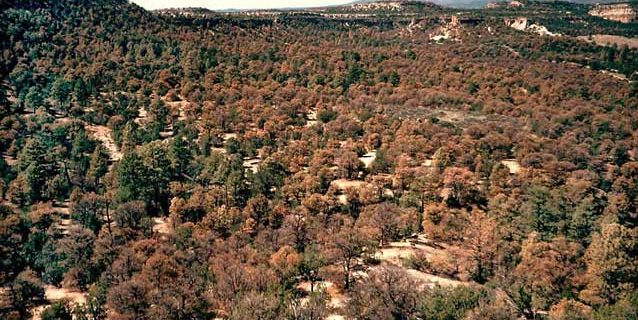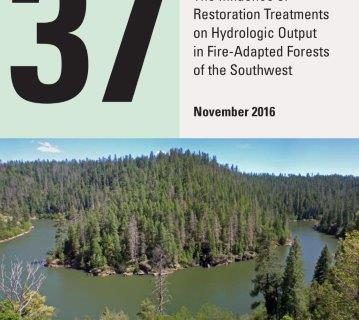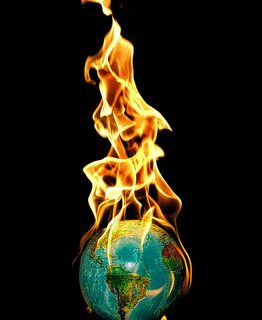March 29-30, 2017: Arizona WUI & Firewise Summit- Flagstaff, AZ
Date: March 29-30, 2017 Location: Doubletree by Hilton Flagstaff This 2-day summit will equip the homeowner as well as fire departments and wildland firefighters with information and actions they can take to reduce loss and increase safety in their community. Topics include fire ecology, hazard fuel reduction grants, insurance issues, risk assessments, Fire Adapted Communities, Ready, Set, …
Read more “March 29-30, 2017: Arizona WUI & Firewise Summit- Flagstaff, AZ”
